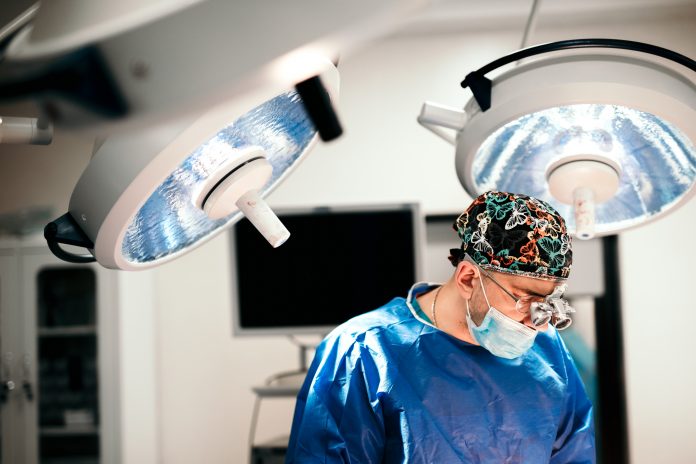Harvey Sinclair, CEO, eEnergy, discusses how adopting a lighting-as-a-service model can transform the NHS’ patient care, front line worker well-being and free up £3 billion in resources
The NHS’s recent 73rd birthday gave us another chance to honour the fantastic work it does in looking after the nation’s health, especially over the past 18 months.
But if the NHS is to continue managing our health and well-being for many birthdays to come, it needs support. Patient care remains a priority, but the NHS needs to overhaul many elements of how it currently operates as an organisation. One of the most significant is around its energy use.
Using less energy has become a cornerstone of the NHS’s future plans, and it has produced a Delivering a ‘Net Zero’ National Health Service report that sets out how it intends to do so. This is no small undertaking. The NHS must use much less energy than it is currently doing of course, but it also needs to have a firm understanding of exactly where it is currently and where it wants to get to.
Two crucial elements for the NHS to achieve Net Zero, therefore, are the measurement of energy and the use of lighting. Measurement empowers an NHS trust with the data-based knowledge it needs to assess whether it is on track or not, while adopting a Lighting-as-a-Service (LaaS) model can be highly transformative. It uses significantly less energy and improves patient care, front line work well-being and can realise £3 billion in savings over the next 30 years.
Net Zero and LED lighting
Given that it is responsible for around 4% of the country’s carbon emissions, the NHS must be a major part of the solution for the UK to succeed in its overarching climate goals. That is what lead to the launch of the Net Zero report in 2020, a commitment to tackling climate change by reducing emissions to Net Zero and in doing so, becoming the world’s first Net Zero national health service.
Delivering a Net Zero National Health Service requires a different and much more analytical approach. It must be laser-focused on identifying hotspots of emissions on hospital wards, which is where the measurement of energy-use becomes so important. Even LED lighting can use lots of energy if it is left on when it does not need to be.
But armed with understanding, NHS trusts can use LED lighting to great effect. The report states that a 50 million LED lighting replacement programme across the NHS would save more than £3 billion over the next 30 years, drastically reducing carbon emissions in the process. Such a programme will also provide better lighting for staff and patients, increasing concentration levels and reducing stress.
Introducing Lighting-as-a-Service
The best way of achieving such results is via a LaaS strategy that effectively provides the NHS with a blank cheque to install fully-equipped LED lighting systems. LaaS is a serviced based subscription model that allows businesses to outsource their lighting requirements to a specialised third-party lighting company that takes care of design, installation and maintenance.
By implementing LaaS, the NHS will no longer have to worry about budgeting for new lighting installations. Instead, all upgrades will be covered as part of the subscription service – freeing up money to spend on much-needed upgrades throughout the NHS. In addition, there are no upfront costs with LaaS subscriptions, which further frees up funding that can be diverted to much more needed areas elsewhere in the organisation.
Costs are always front of mind within the NHS however, and any change always need to be justified. Some trusts have already begun to make the switch to LED lighting, but have no accurate way of assessing either the cost savings or carbon reduction related to the LED. This can be a major headache for on-site teams, who need to justify further investment with solid data-based proof, and further highlights the need for data-based understanding of energy use.
The benefits of LaaS also extend to project management. LaaS providers oversee the entire project and employ lighting experts to ensure that all work is carried out in accordance with health and safety and legal requirements.
Improved patient care and front line well-being
Better lighting in the NHS can also provide substantial health-related benefits. The mood, rest and recovery of patients is vastly improved with softer, more gentle lighting. There is a similar impact on the concentration, well-being and effectiveness of front line workers.
LaaS has already proven to be a highly successful business model throughout the public sector. Schools, colleges, sports centres, car parks and more have adopted the model to reduce emissions and make significant savings. By extending the strategy to the NHS, we can expect to see further improvements in these areas.
Balancing patient care with the Net Zero commitment is no small undertaking. But by adopting LaaS and putting in place measurement strategies to understand how and where energy is being used, the NHS is taking proactive steps to increase patient care, provide better working conditions, reduce costs, and make massive cuts to the nation’s carbon emissions targets.











